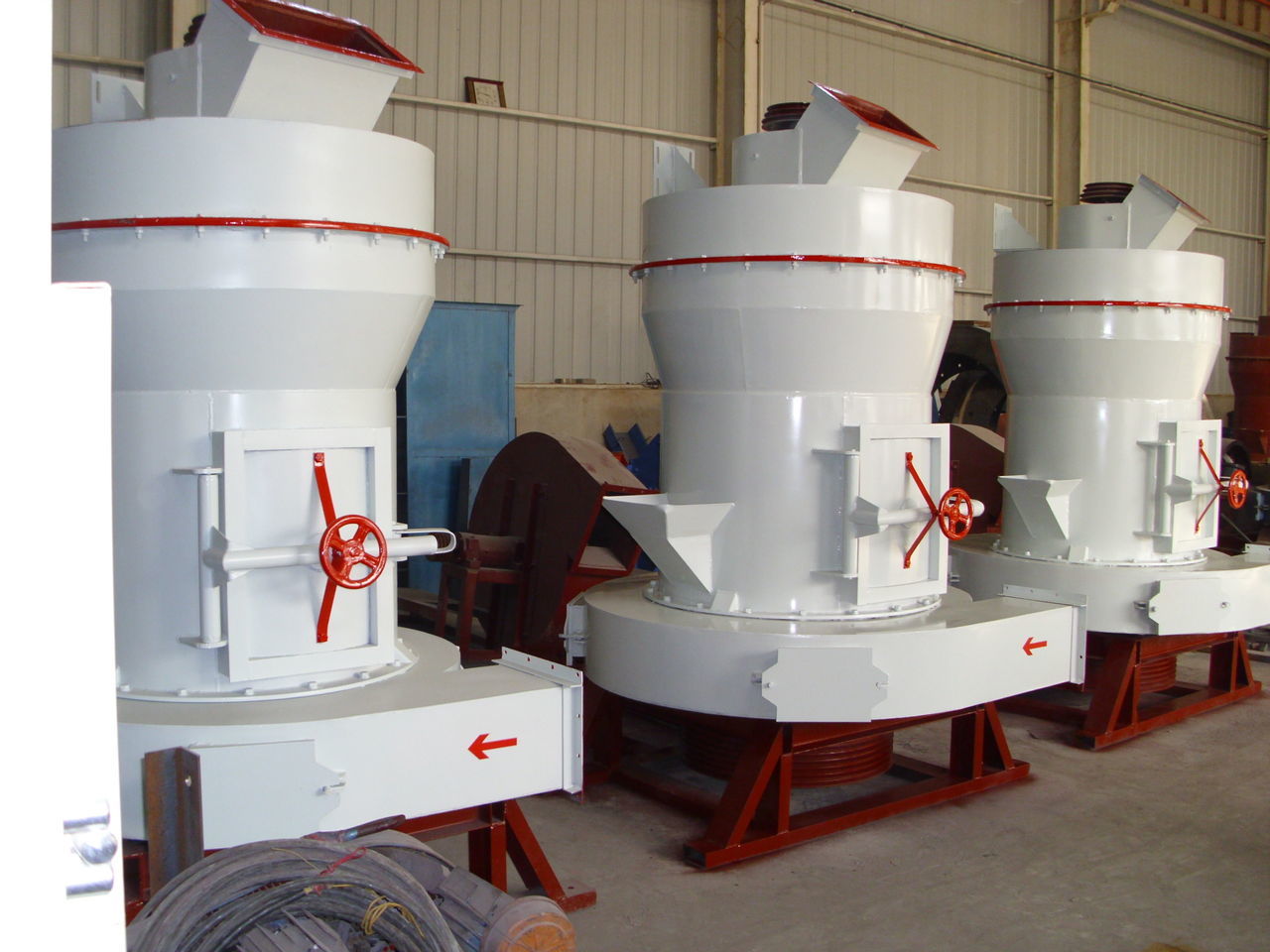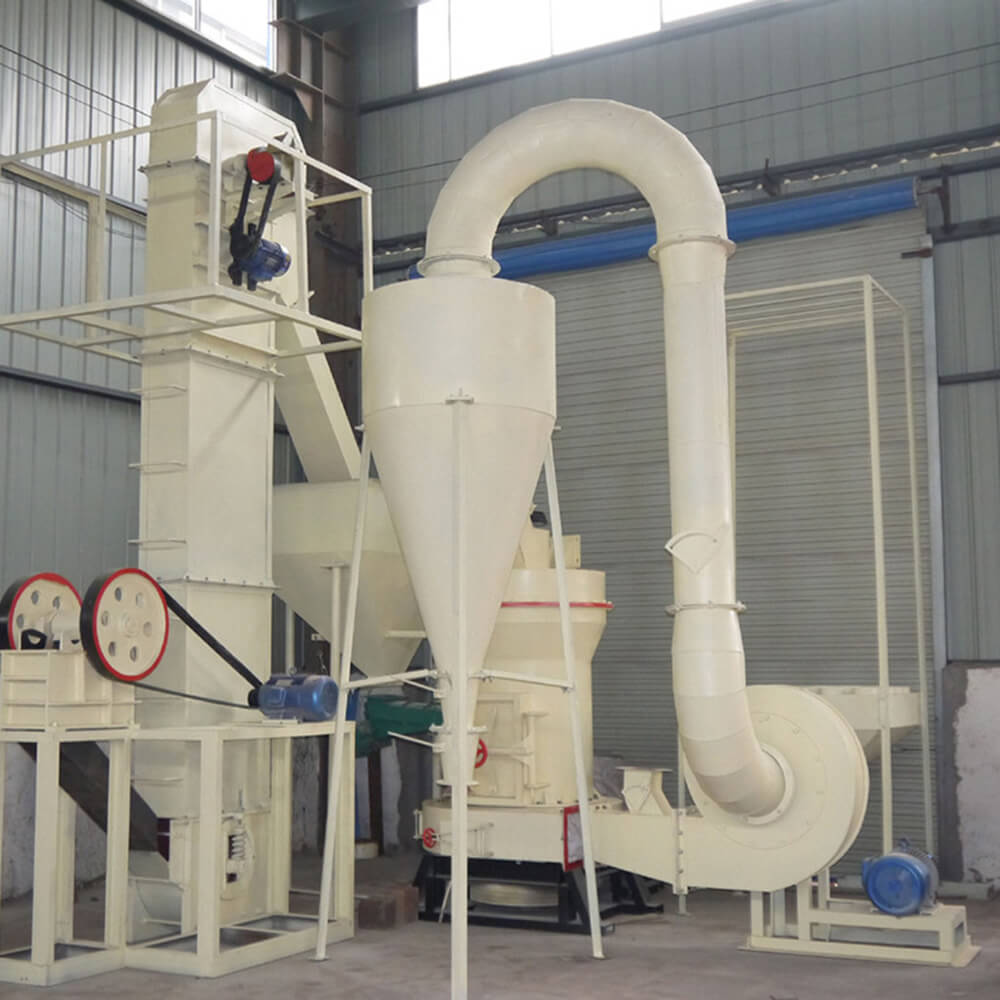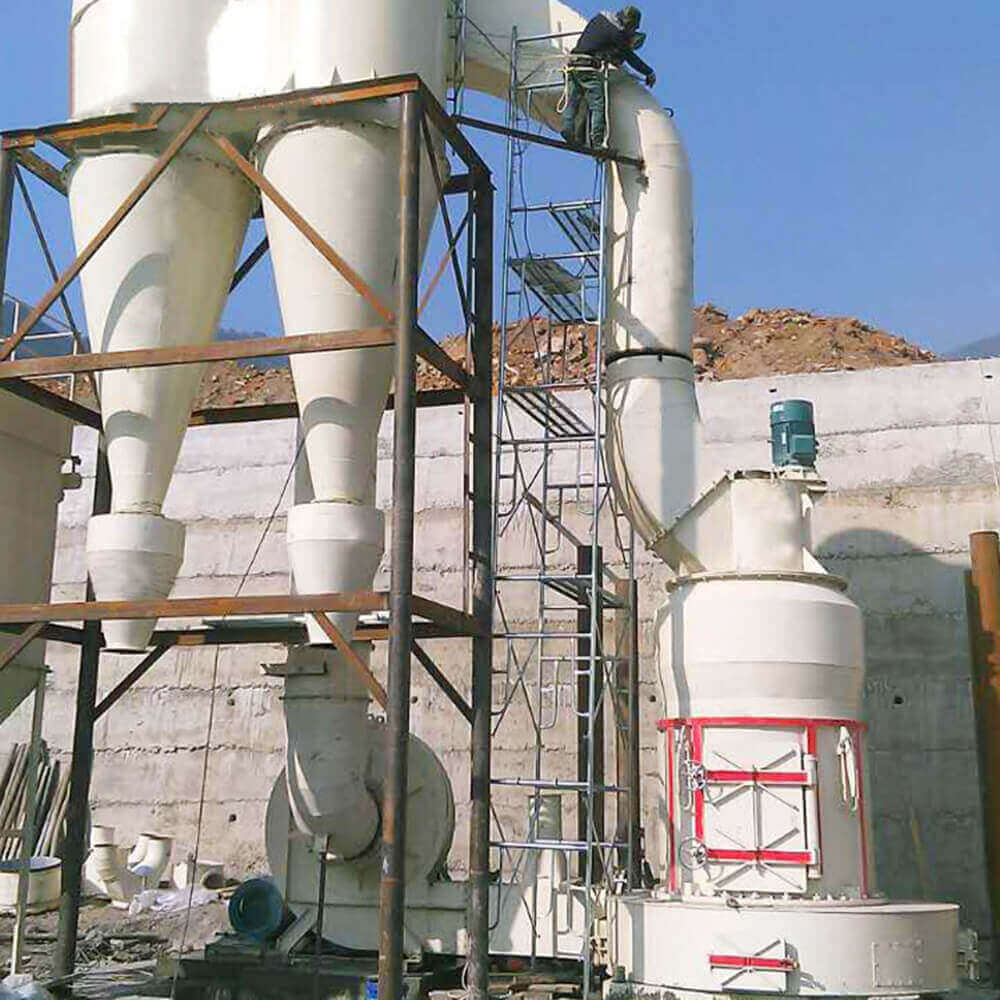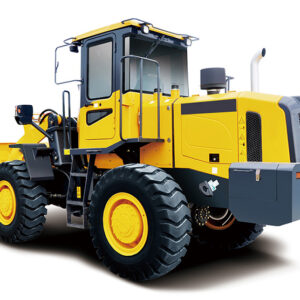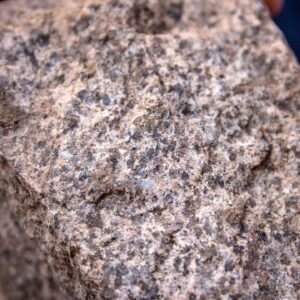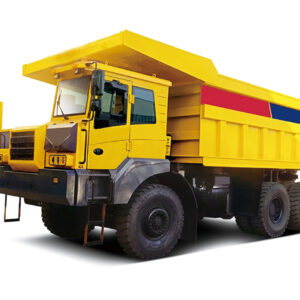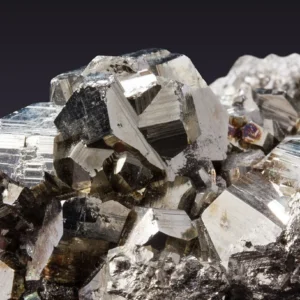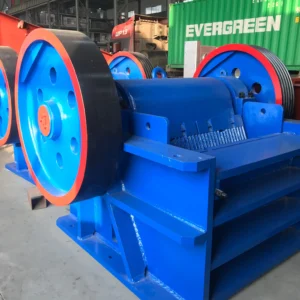Description
Applications:
A Raymond mill, also known as a Raymond roller mill, is a type of grinding mill used to pulverize various materials into fine powder. It is widely used in industries such as mining, construction, chemical, and metallurgy for grinding materials such as barite, calcite, feldspar, talc, marble, limestone, dolomite, and more.
- Mining: Grinding minerals like limestone, gypsum, coal, and other ores.
- Construction: Producing fine powders for use in construction materials.
- Chemical Industry: Grinding chemicals to fine powders for various applications.
- Metallurgy: Pulverizing metals and alloys for further processing.
Key Components:
- Raymond Grinding Ring: Fixed, circular part that the rollers roll against.
- Raymond Grinding Rollers: Cylindrical components that rotate and crush the material against the grinding ring.
- Central Shaft: Drives the grinding rollers.
- Classifier: Separates the finely ground material from coarser particles, which are returned to the grinding chamber.
- Blower: Circulates air through the mill to carry the ground material to the classifier.
- Cyclone Collector: Collects the finished product from the airflow.
- Feeder: Introduces the raw material into the grinding chamber.
Working Principle:
- Material Feed: The raw material is fed into the grinding chamber through the feeder.
- Grinding Process: The central shaft rotates the grinding rollers against the grinding ring, pulverizing the material.
- Air Circulation: The blower circulates air through the mill, carrying the finely ground material to the classifier.
- Classification: The classifier separates the fine material from the coarser particles, which are returned to the grinding chamber for further processing.
- Collection: The fine powder is collected by the cyclone collector and discharged as the final product.
Advantages:
- High Efficiency: Capable of producing fine powder with a uniform particle size.
- Energy Saving: Efficient grinding mechanism reduces energy consumption.
- Versatility: Suitable for grinding a wide range of materials.
- Low Maintenance: Simple structure with easy maintenance and low operating costs.
Maintenance:
- Regular Inspection: Periodically check wear parts such as grinding rollers and rings.
- Lubrication: Ensure all moving parts are well-lubricated to reduce wear and extend service life.
- Cleaning: Keep the mill and surrounding area clean to prevent buildup of material and ensure efficient operation.
Safety Features:
- Overload Protection: Some models include safety mechanisms to prevent damage from overloading.
- Dust Collection: Effective dust collection systems to minimize airborne particles and improve working conditions.
Specifications:
|
Model |
Roller | Roll Dia. (mm) | Roll Ring Size (mm) | Max. Input Size (mm) | Output Size (mm) | Capacity T/Shaft | Power (Kw) |
Dimension |
|
| 3R | 1510 | 3 | 150*100 | 570*100 | 15 | 0.125-0.044 | 0.8-10 | 7.5 | 3200*1200*3800 |
| 2115 | 3 | 210*150 | 630*150 | 15 | 0.125-0.044 | 1-12 | 15 | 3500*3300*4500 | |
| 2615 | 3 | 260*150 | 780*150 | 20 | 0.125-0.044 | 1.5-20 | 18.5 | 4650*3600*5100 | |
| 2715 | 3 | 270*150 | 830*150 | 20 | 0.125-0.044 | 2-28 | 22 | 4700*3600*5100 | |
| 3015 | 3 | 300*150 | 875*150 | 25 | 0.125-0.044 | 2-35 | 30 | 5300*4100*5200 | |
| 4R | 3016 | 4 | 300*160 | 890*160 | 25 | 0.125-0.044 | 3-36 | 30 | 5400*4100*5200 |
| 3216 | 4 | 320*160 | 970*160 | 25 | 0.125*0.044 | 4-45 | 37 | 7100*5900*7900 | |
| 3220 | 4 | 320*200 | 970*200 | 25 | 0.125-0.044 | 4-55 | 45 | 9900*5800*1058 | |
| 5R | 4119 | 5 | 410*190 | 1270*190 | 30 | 0.613-0.044 | 8-60 | 75 | 9200*7250*9700 |
